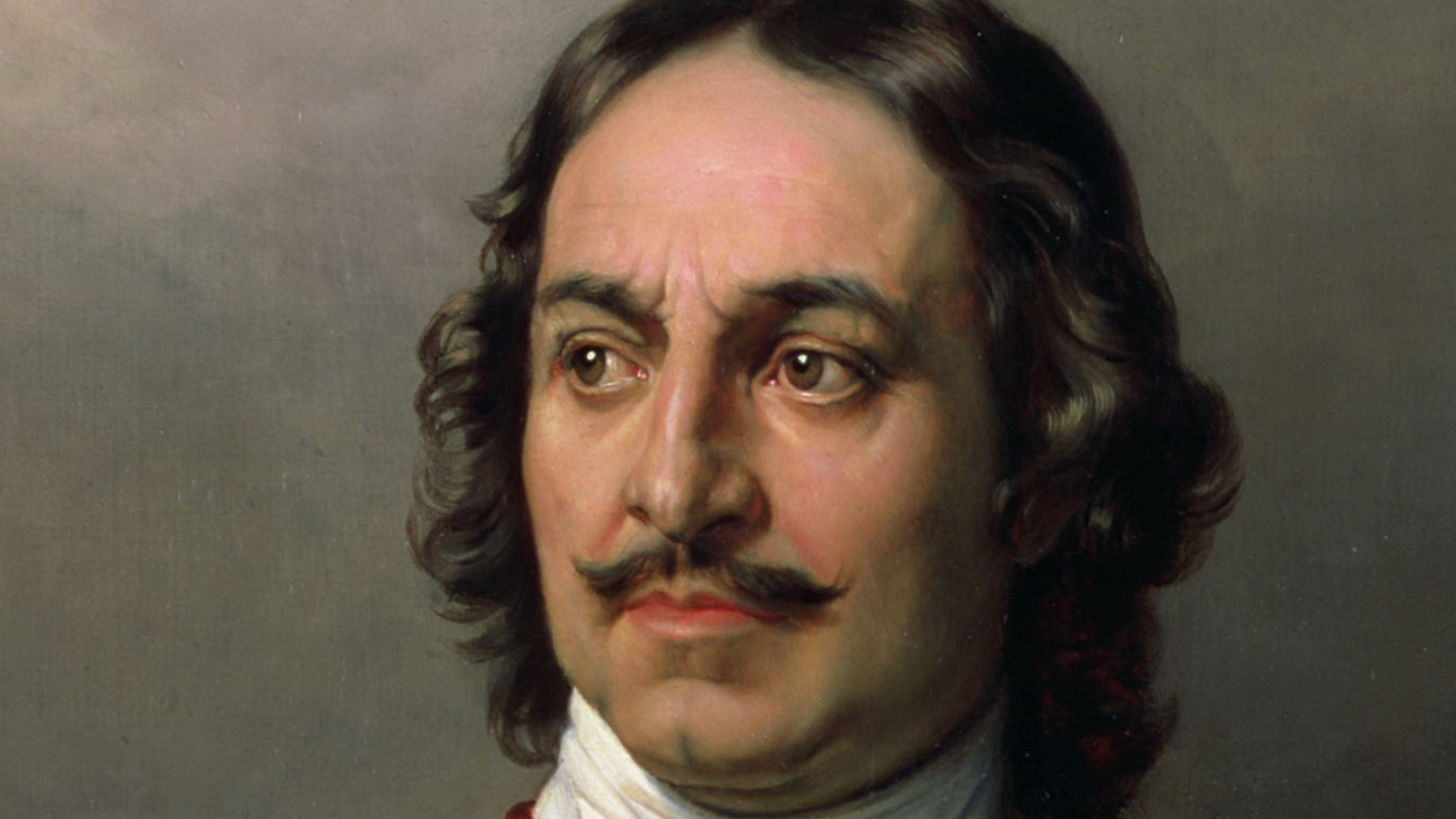
Who was Peter the Great? Peter the Great, also known as Peter I, was a towering figure in Russian history. Born in 1672, he became Tsar of Russia at just 10 years old. Peter the Great is best known for his efforts to modernize Russia, transforming it from a medieval state into a major European power. He introduced sweeping reforms in government, military, and culture, and even founded the city of St. Petersburg. His reign marked a significant shift in Russian society, pushing it towards Westernization. Peter the Great's legacy is a blend of visionary leadership and ruthless tactics, making him a complex and fascinating historical figure. Ready to dive into 21 intriguing facts about this remarkable ruler? Let's get started!
Key Takeaways:
- Peter the Great, a towering figure in Russian history, transformed his country into a major European power through military reforms, territorial expansion, and cultural modernization.
- Known for his towering height and dynamic reign, Peter the Great's legacy of innovation, military prowess, and cultural transformation continues to impact Russia and the world today.
Early Life and Ascension to Power
Peter the Great, one of Russia's most famous rulers, had a fascinating life from the start. His journey to power was filled with intrigue, challenges, and remarkable achievements.
-
Born on June 9, 1672, in Moscow, Peter was the 14th child of Tsar Alexis I and his second wife, Natalya Naryshkina.
-
At just 10 years old, Peter became co-tsar with his half-brother Ivan V after the death of their older brother, Feodor III.
-
Peter's early years were marked by a power struggle between his family and the Miloslavsky family, leading to the Streltsy uprising in 1682.
-
His half-sister, Sophia Alekseyevna, acted as regent during his early reign, effectively controlling the government until Peter took full power in 1689.
Military Reforms and Expansion
Peter the Great is renowned for his military reforms and territorial expansions, which transformed Russia into a major European power.
-
Peter established the first Russian navy, building a fleet from scratch to challenge the Ottoman Empire and Sweden.
-
He modernized the Russian army by adopting European tactics, training, and equipment, making it one of the most formidable forces in Europe.
-
The Great Northern War (1700-1721) saw Peter's forces defeat Sweden, gaining access to the Baltic Sea and establishing Russia as a dominant regional power.
-
Peter founded the city of St. Petersburg in 1703, which became Russia's new capital and a symbol of his modernization efforts.
Cultural and Social Reforms
Peter's reign was marked by significant cultural and social changes, aimed at modernizing Russian society and aligning it with Western Europe.
-
He introduced the Julian calendar to Russia in 1700, replacing the old Byzantine calendar.
-
Peter mandated that Russian nobles adopt Western European clothing and customs, including shaving their beards, which was a significant cultural shift.
-
He established the Table of Ranks in 1722, a system that allowed individuals to achieve status based on merit rather than birthright.
-
Peter founded the Russian Academy of Sciences in 1724, promoting education, science, and innovation.
Personal Life and Legacy
Peter the Great's personal life was as dynamic as his reign, filled with both triumphs and tragedies.
-
He married twice, first to Eudoxia Lopukhina in 1689, whom he later divorced, and then to Catherine I in 1712, who became empress after his death.
-
Peter had 14 children, but only three survived to adulthood, with his son Alexei being executed for treason in 1718.
-
Known for his towering height, Peter stood at about 6 feet 8 inches, making him an imposing figure.
-
He was a hands-on ruler, often working alongside his subjects in various trades, including shipbuilding and carpentry.
Death and Historical Impact
Peter the Great's death marked the end of an era, but his influence on Russia and the world remains significant.
-
Peter died on February 8, 1725, at the age of 52, likely due to complications from a bladder infection.
-
His death led to a brief period of instability, but his reforms had already set the foundation for a modern Russian state.
-
Peter's reign is often credited with transforming Russia from a medieval state into a major European power.
-
He left behind a legacy of innovation, military prowess, and cultural transformation that continues to be studied and admired.
-
Peter the Great is remembered as one of the most influential and dynamic rulers in Russian history, whose impact is still felt today.
Peter the Great's Legacy
Peter the Great left a lasting impact on Russia and the world. His reforms modernized Russia, making it a major European power. By founding St. Petersburg, he opened a "window to the West," fostering trade and cultural exchange. His military campaigns expanded Russian territory, securing access to vital seas. Peter's focus on education and technology brought advancements that propelled Russia into the modern age. Despite his sometimes harsh methods, his vision transformed Russia from a medieval state into a formidable empire. His legacy lives on in the institutions he established and the cultural shifts he initiated. Peter the Great's reign marked a turning point in Russian history, setting the stage for future growth and development. Understanding his contributions helps us appreciate the complexities of his era and the profound changes he brought to his nation.
Frequently Asked Questions
Was this page helpful?
Our commitment to delivering trustworthy and engaging content is at the heart of what we do. Each fact on our site is contributed by real users like you, bringing a wealth of diverse insights and information. To ensure the highest standards of accuracy and reliability, our dedicated editors meticulously review each submission. This process guarantees that the facts we share are not only fascinating but also credible. Trust in our commitment to quality and authenticity as you explore and learn with us.
